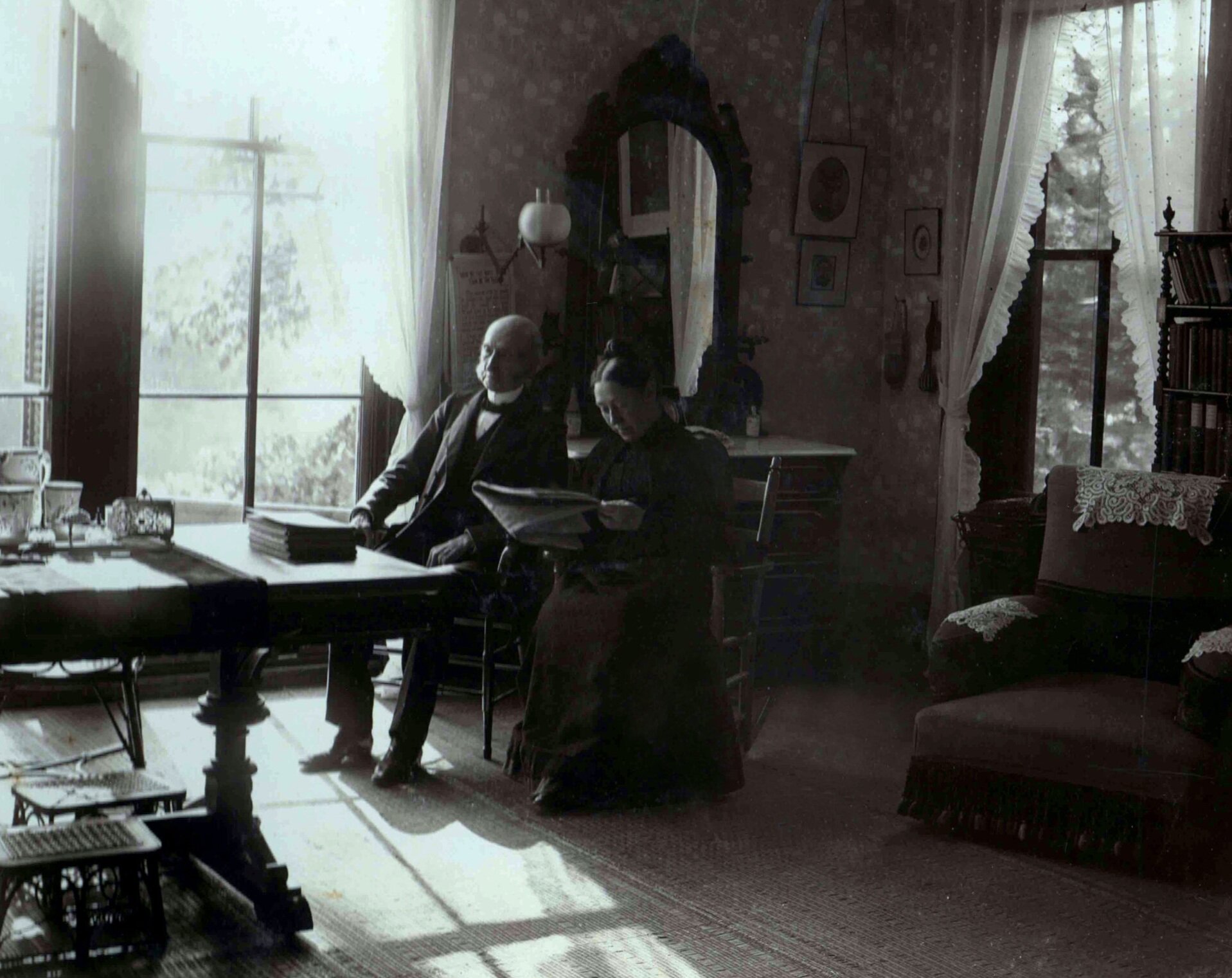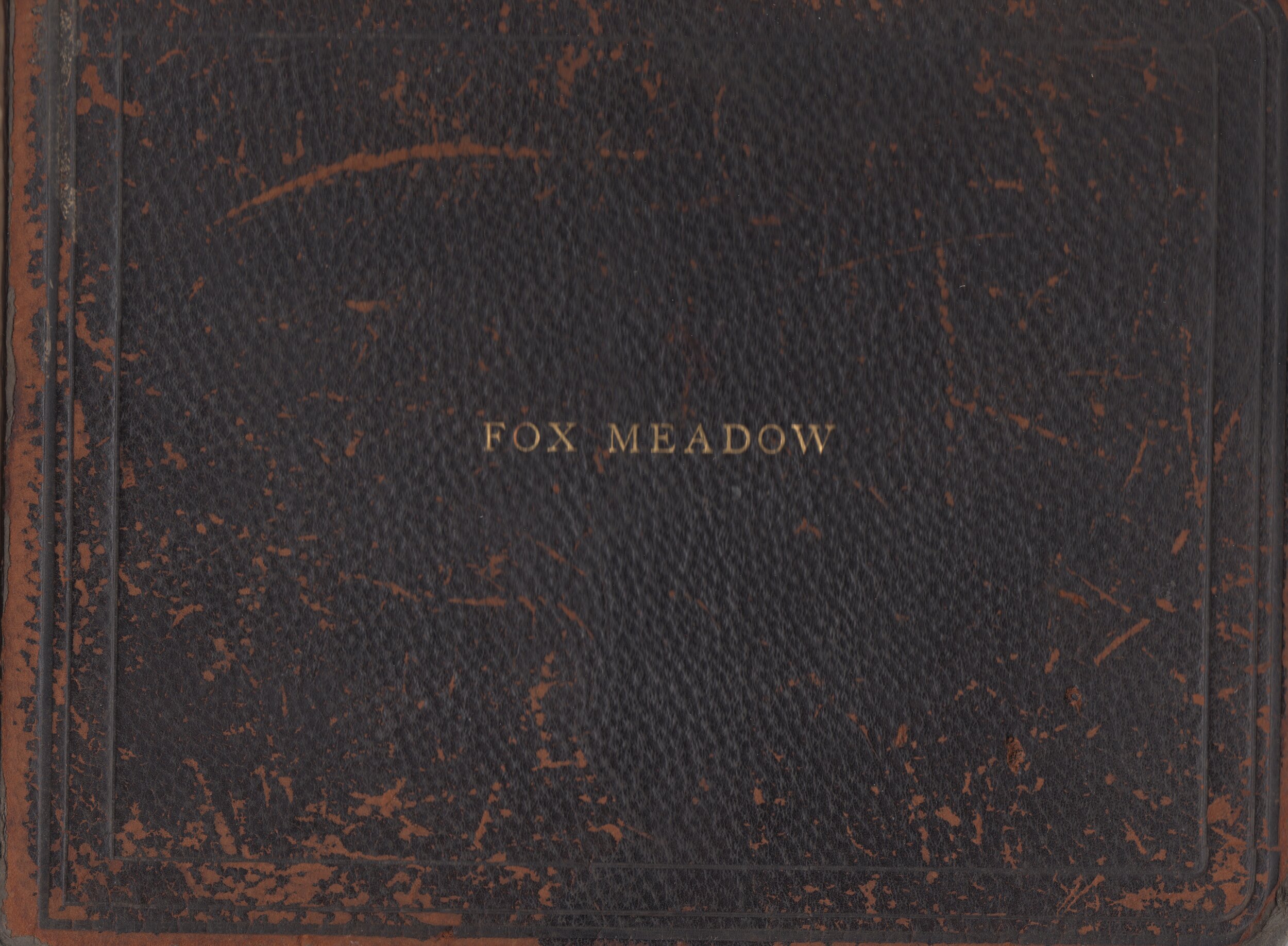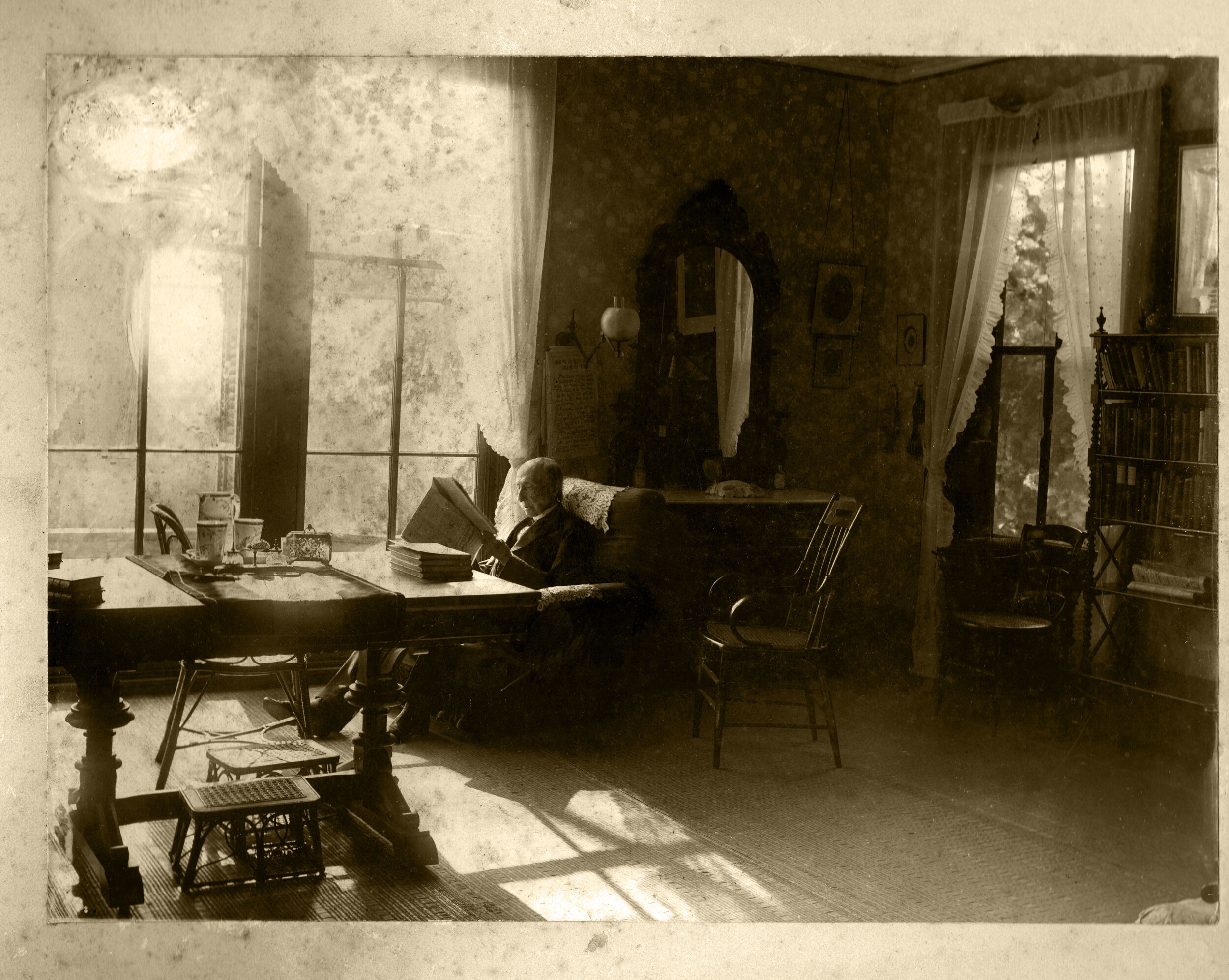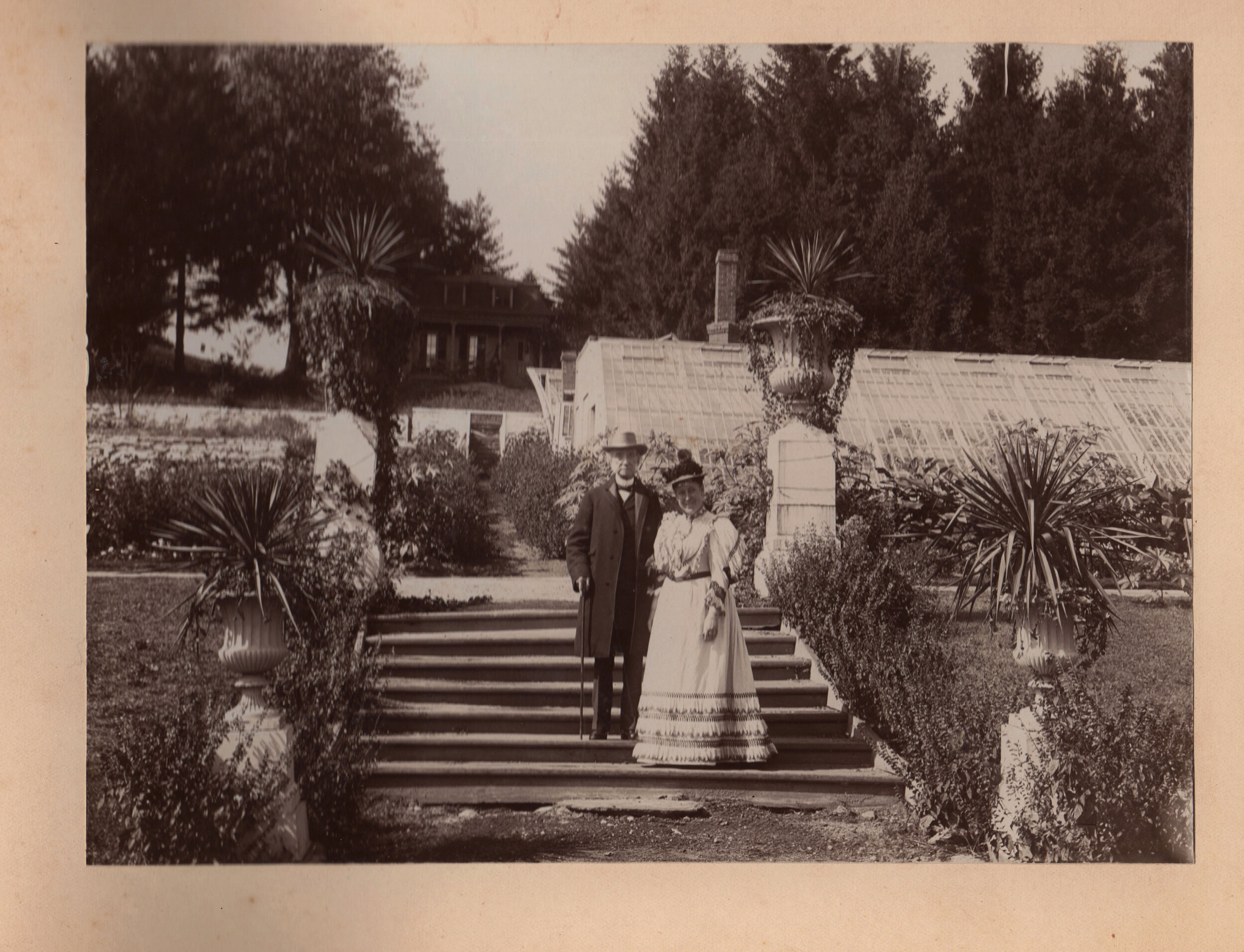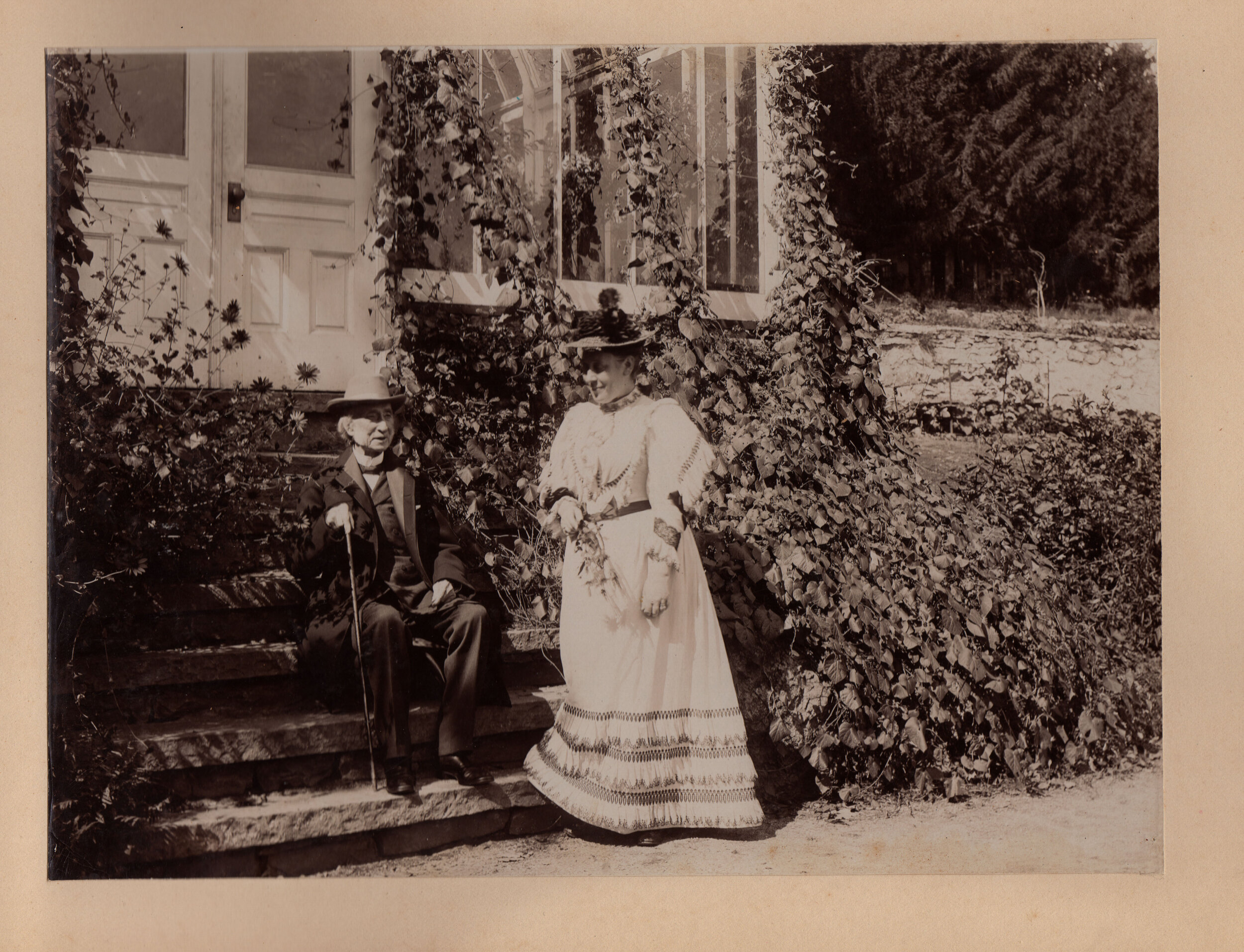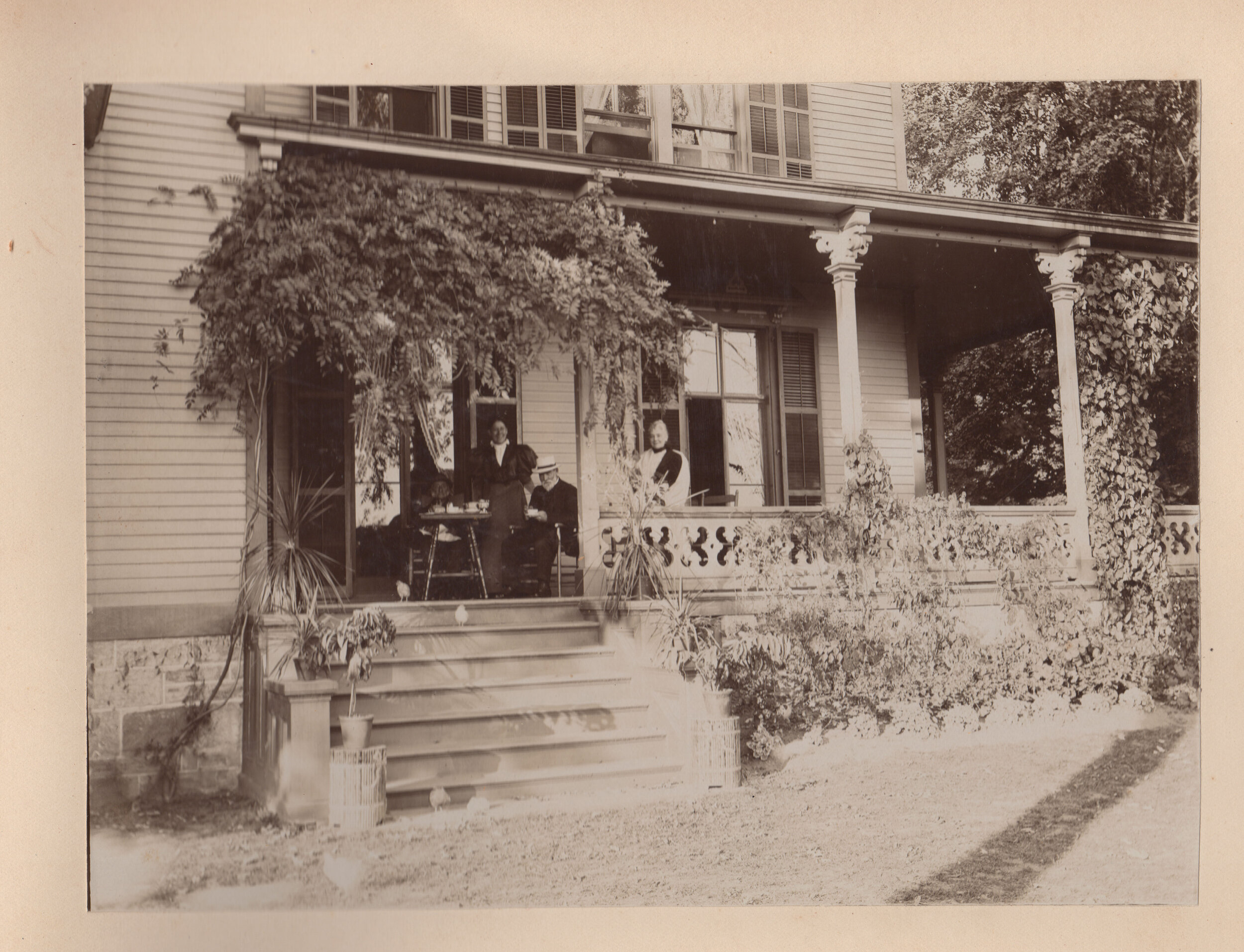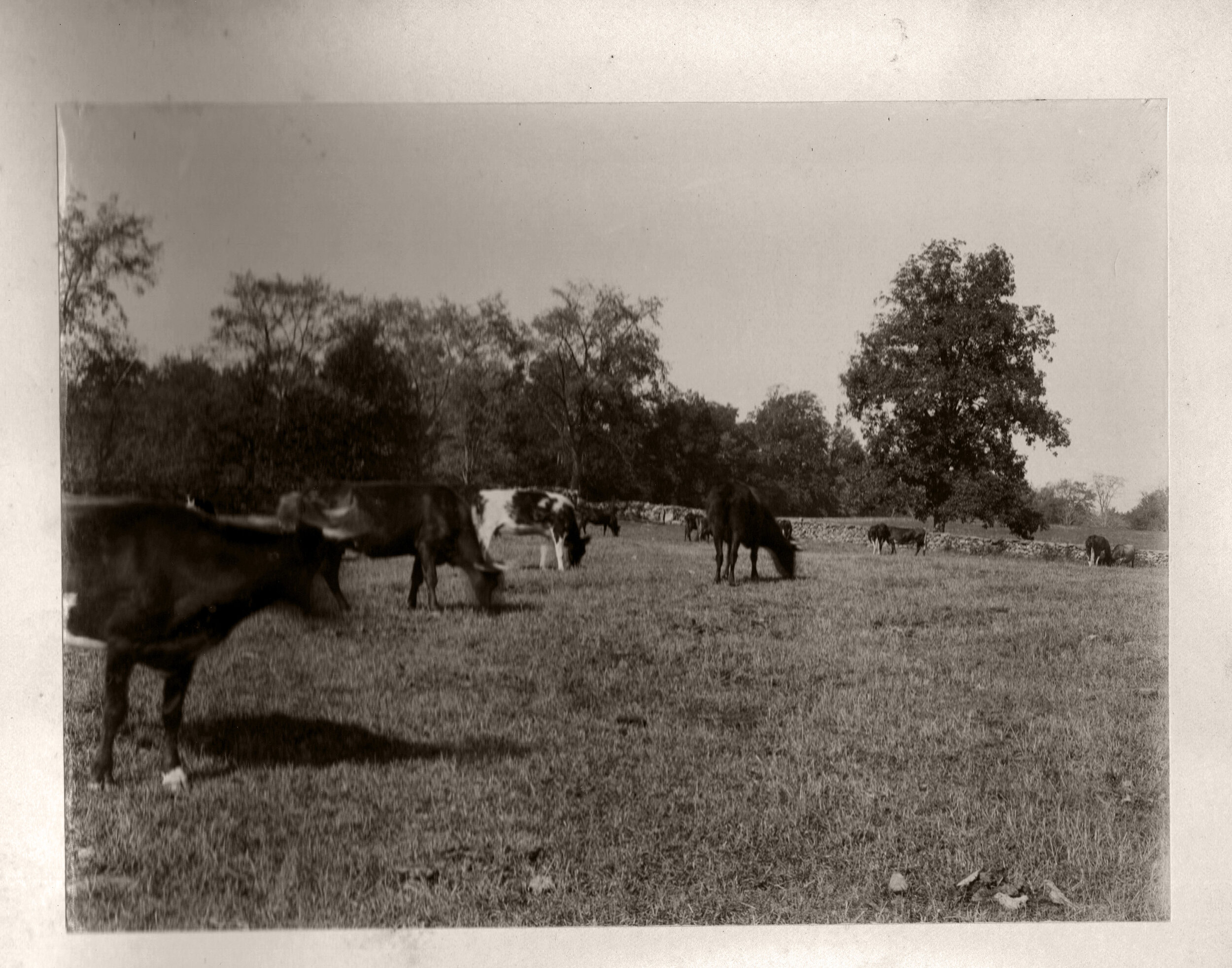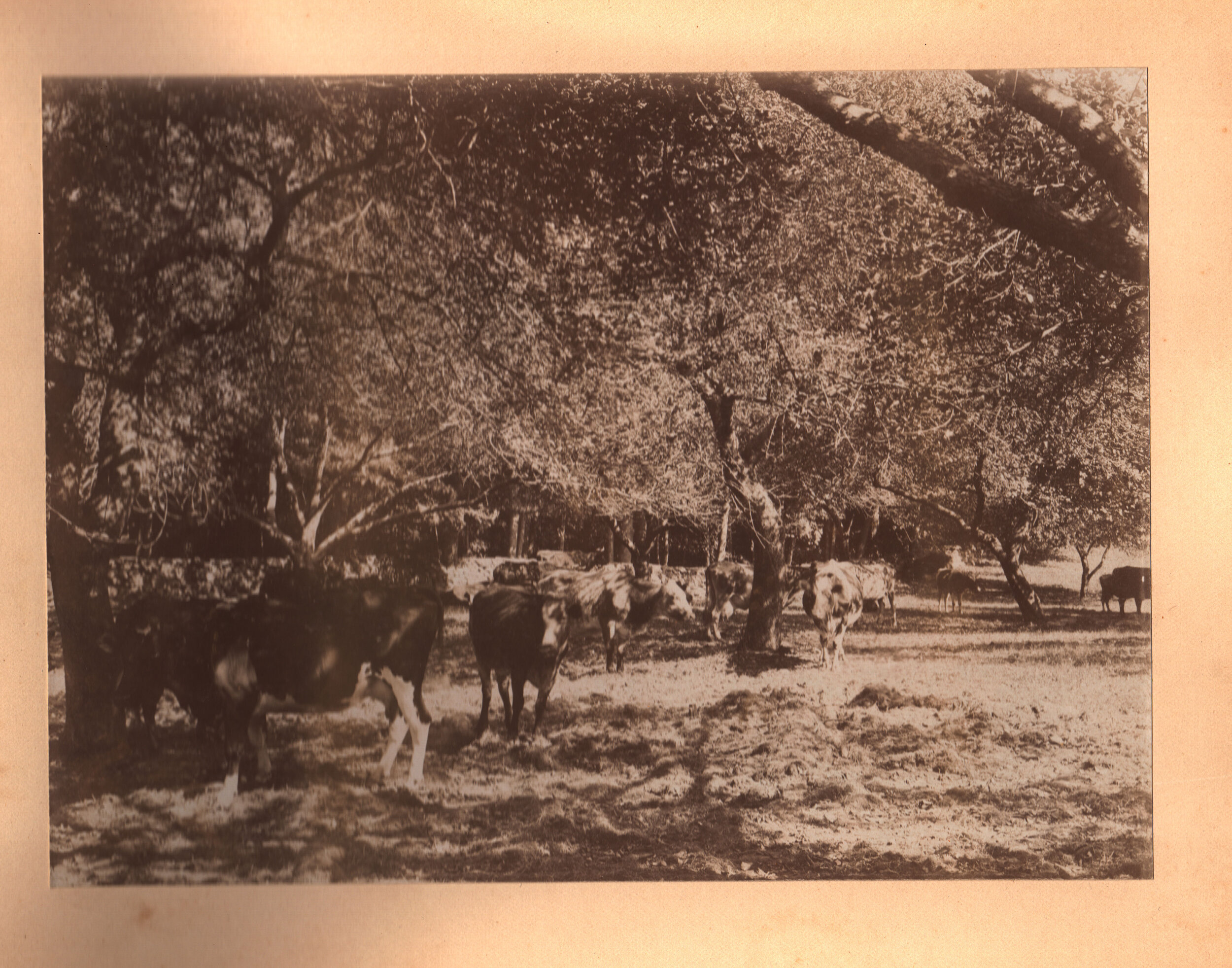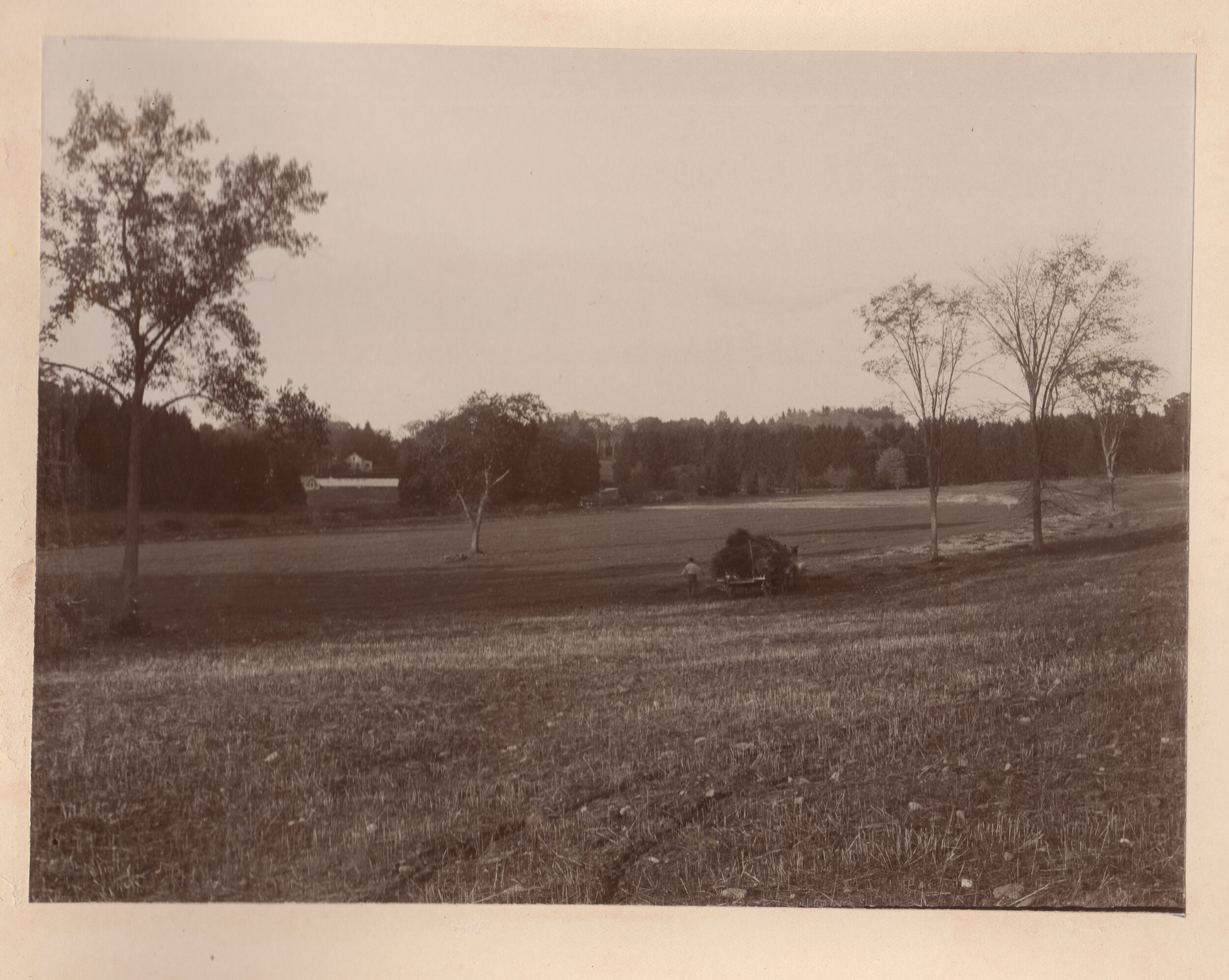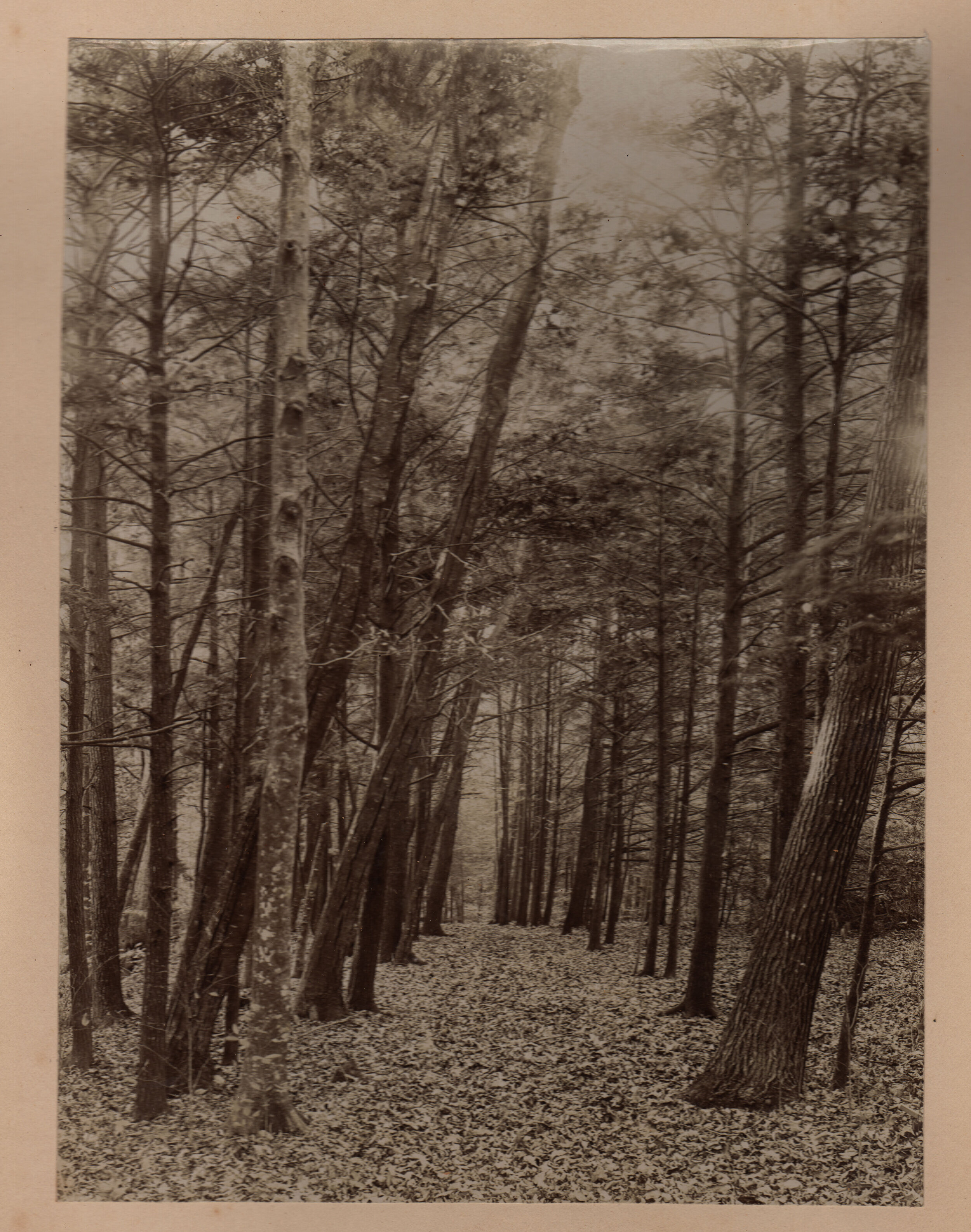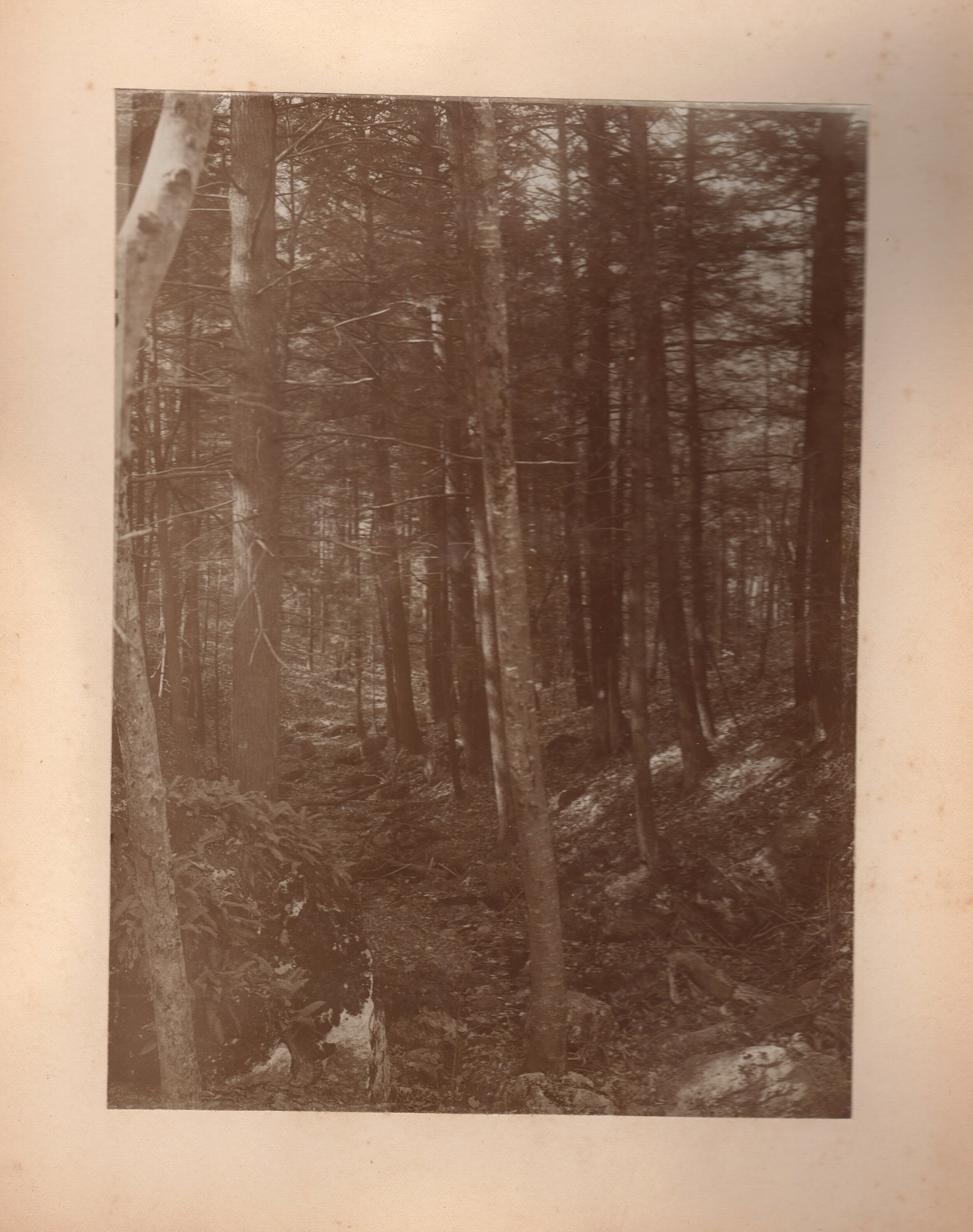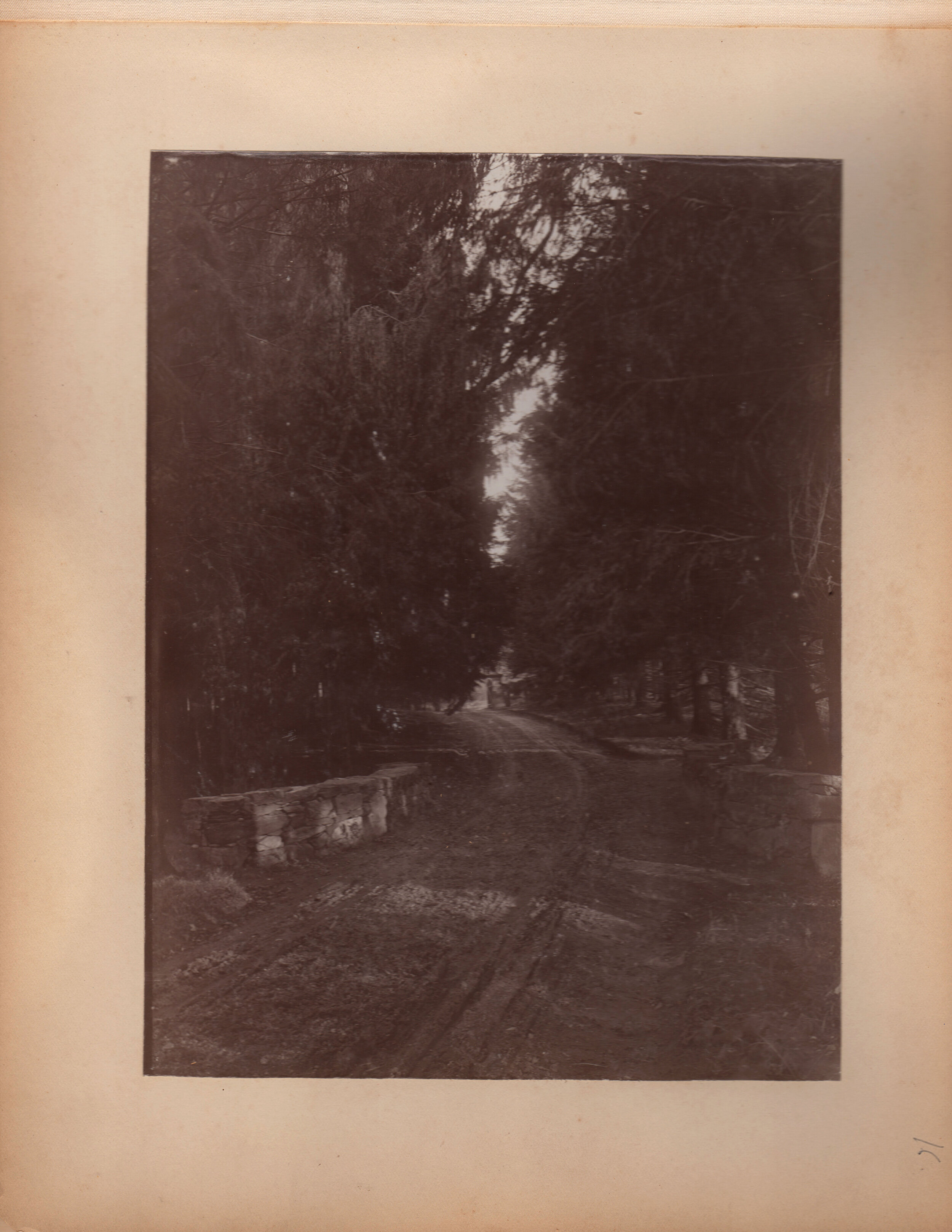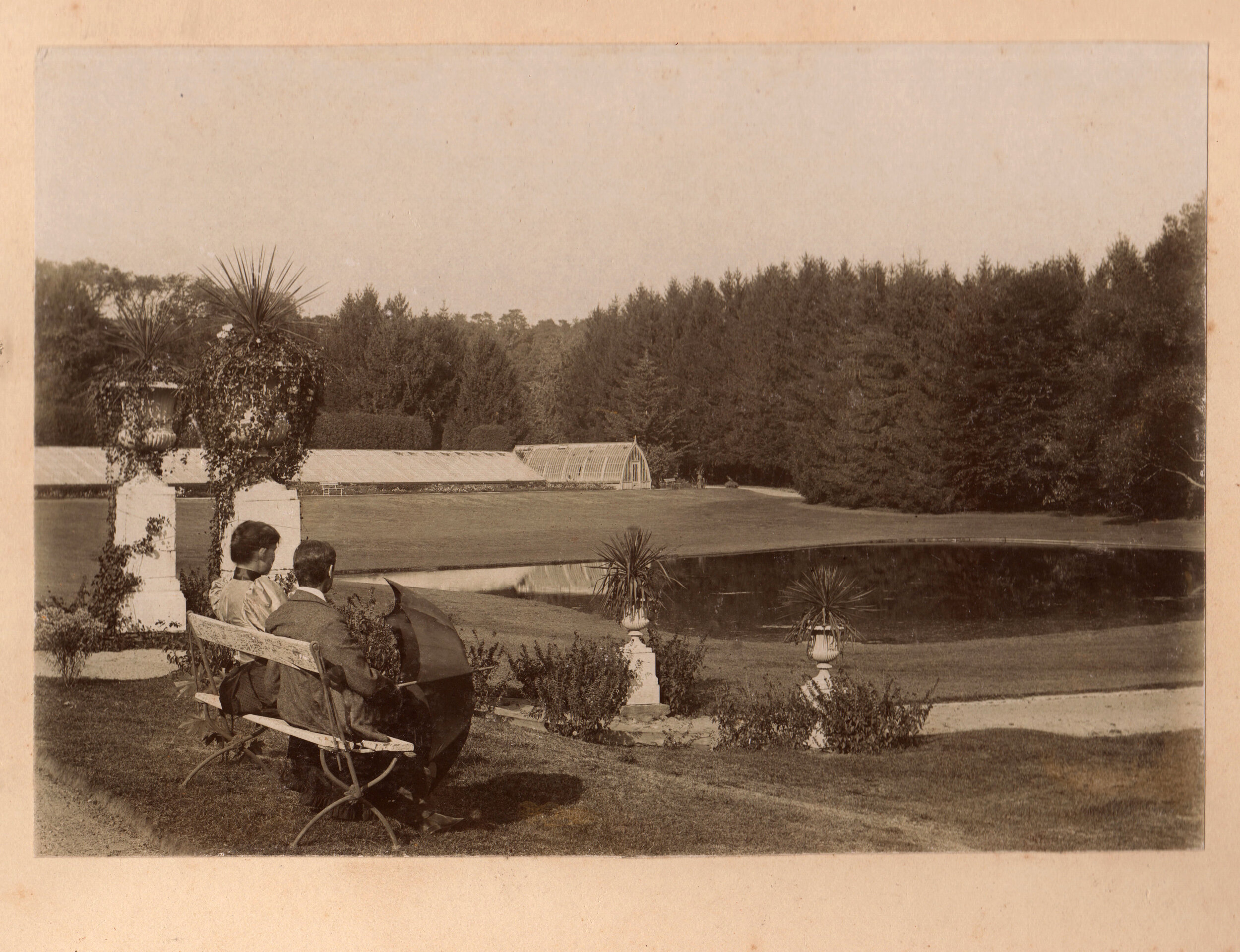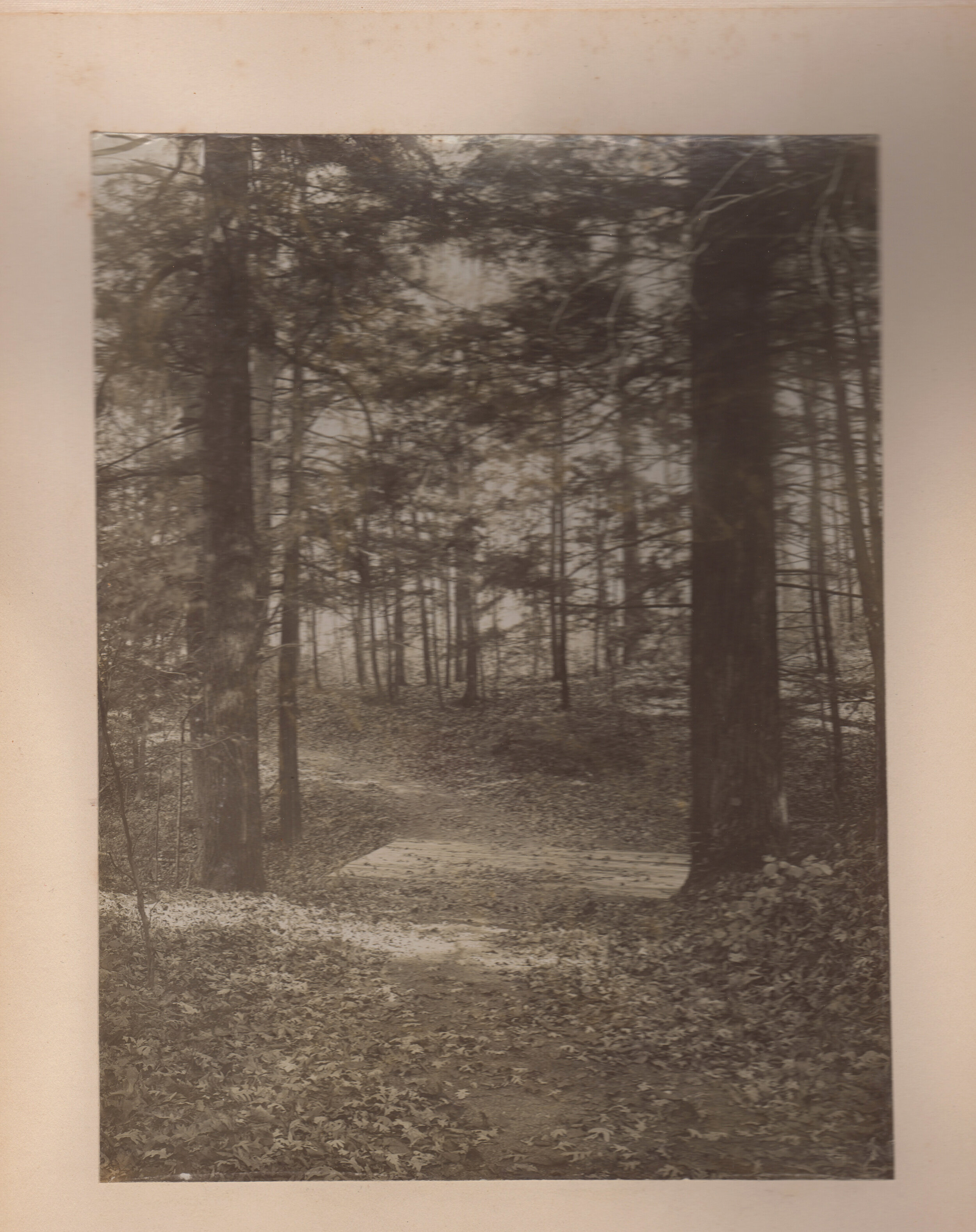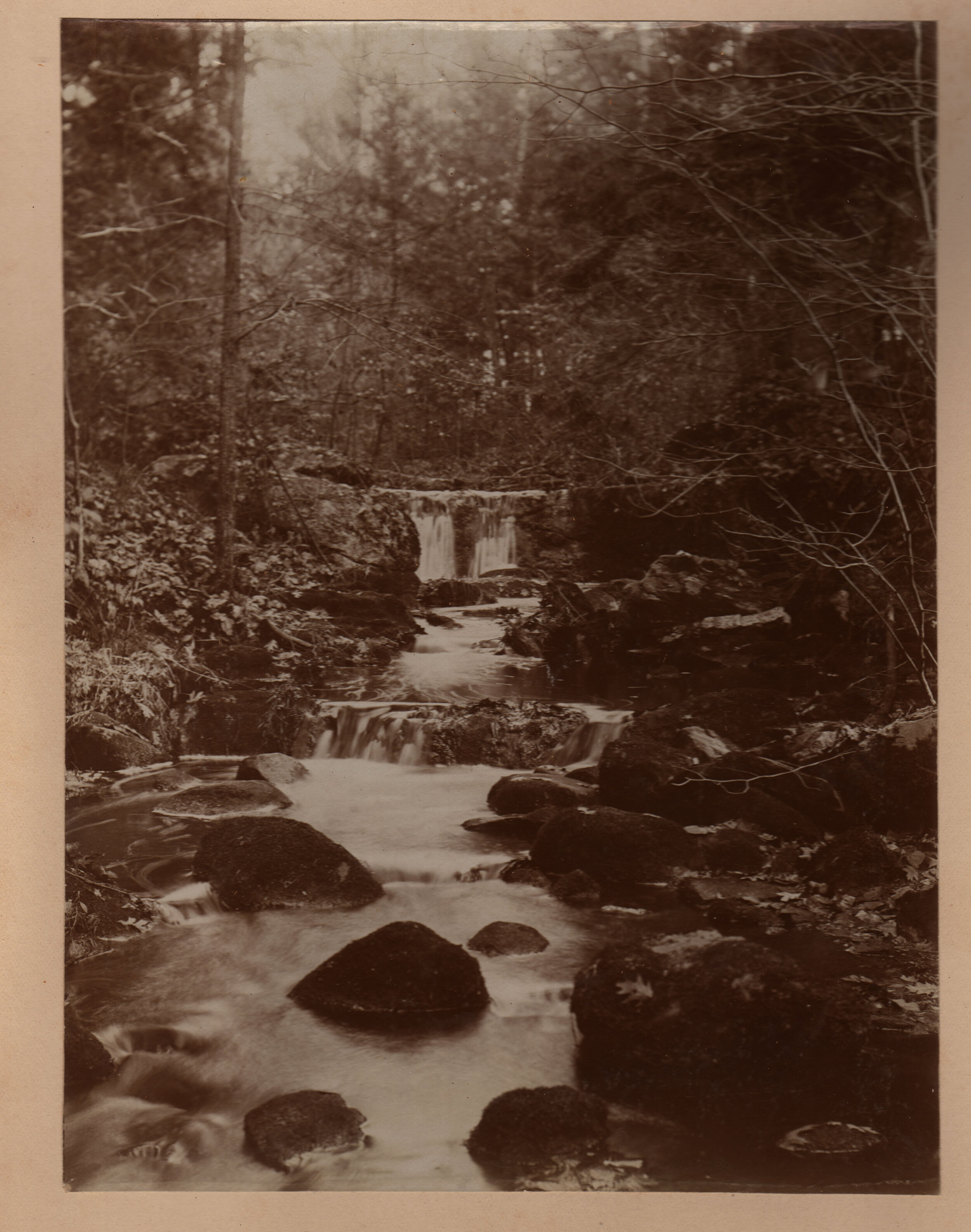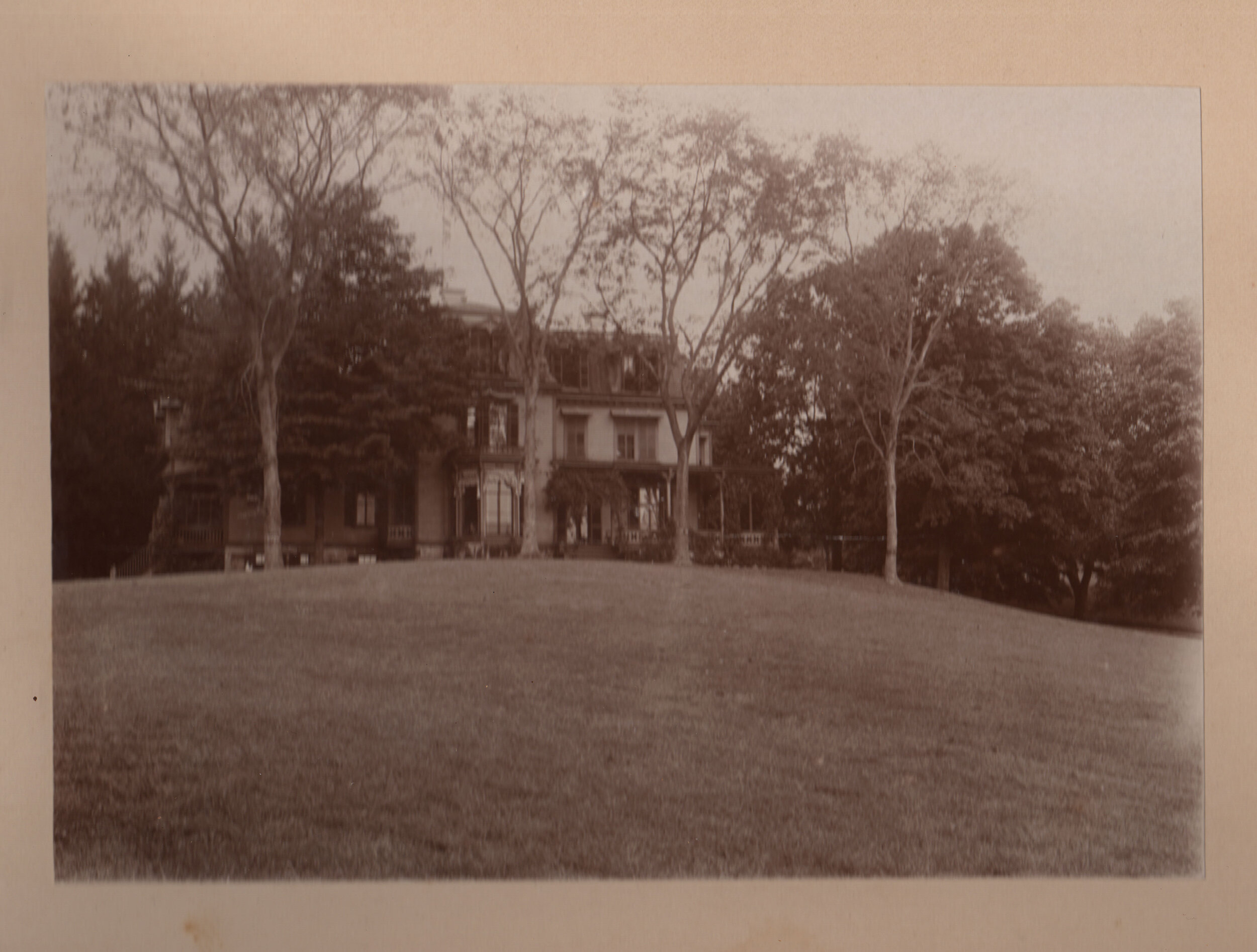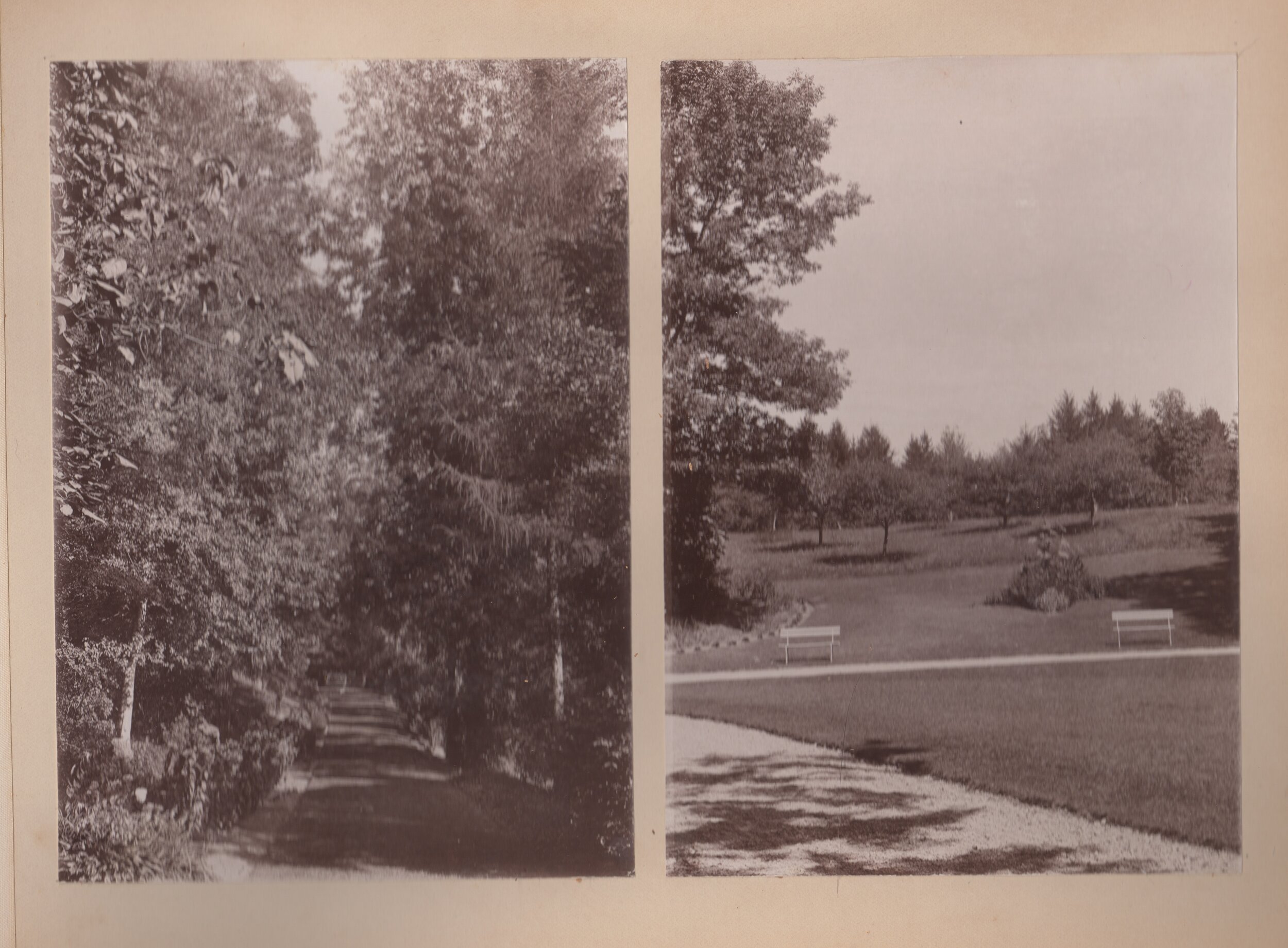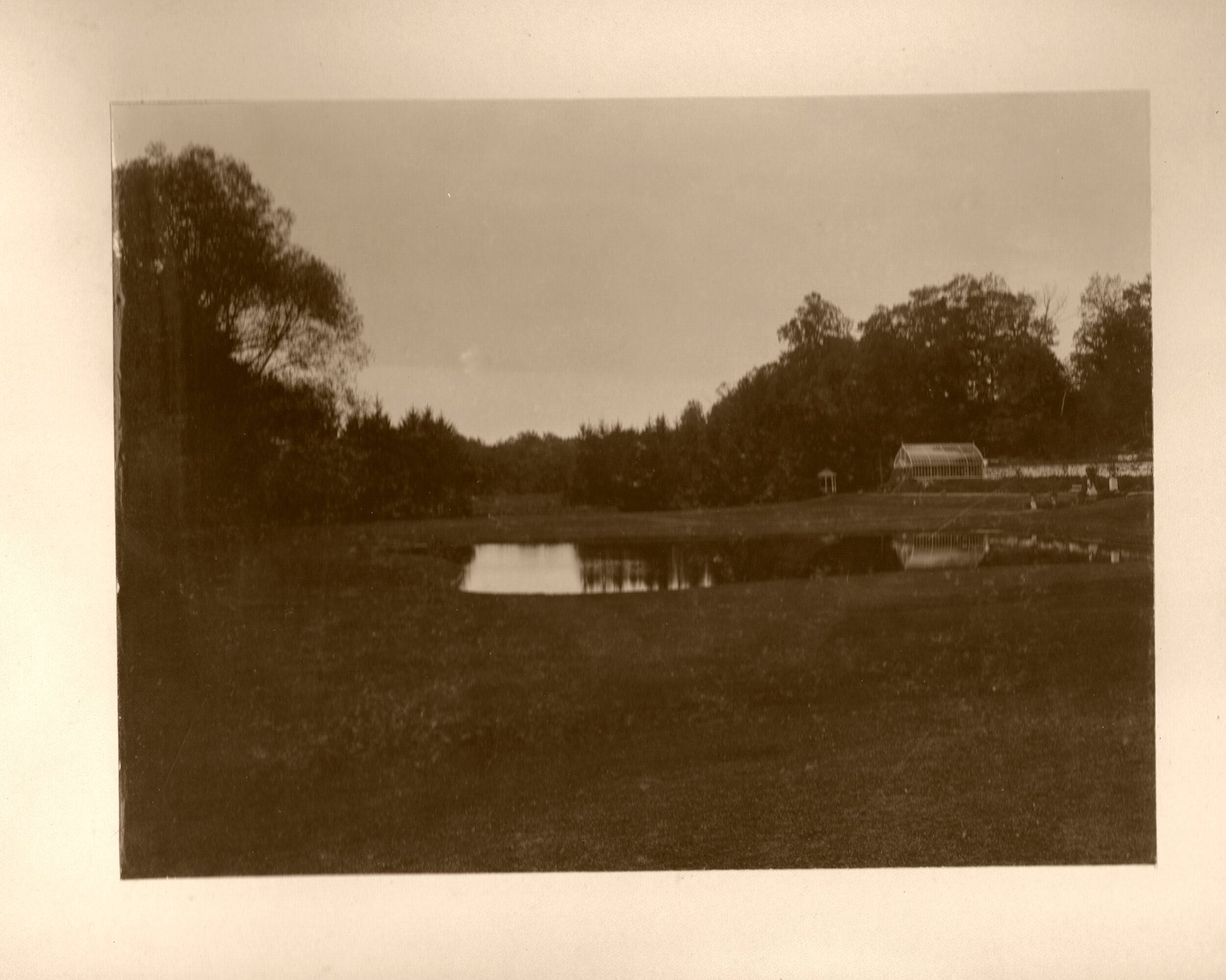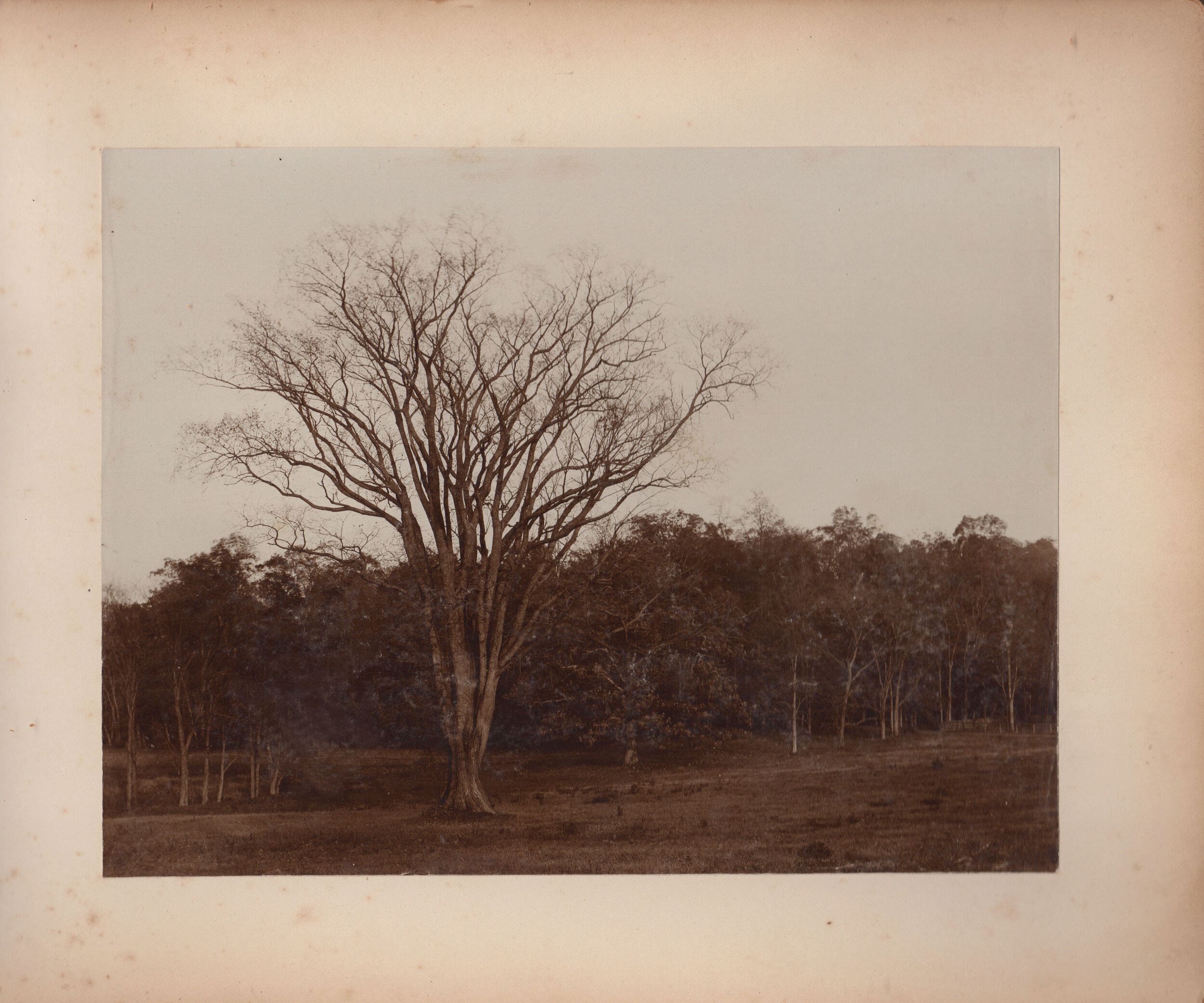Scarsdale Schools Attacked in the McCarthy Era (1948-1962)
/by Lesley Topping
Scarsdale Inquirer, June 23, 1950
Scarsdale is known for having some of the top public schools in the country, and from its earliest days the Village has made quality education a top priority. However maintaining the integrity of the schools was not always easy. In the late forties and fifties during the Cold War era of anti-Communist hysteria, the school board with the support of a majority of Scarsdalians, resisted relentless accusations from a small group of residents who insisted that Communists had infiltrated the Scarsdale schools. Scarsdale rigorously defended the loyalty of the school staff and opposed any censorship of books taught in the schools.
These were years when the country was in the grips of anti-Communist sentiments, and fear mongering of the “Red Menace” had reached maximum effect. The House Un-American Activities Committee (HUAC) was created in 1938 to root out any perceived Communist and Fascist influence in government agencies. Following World War II, after the split with Stalin’s Russia, the HUAC hearings led by Senator Joseph McCarthy between 1950 and 1954 would destroy many individuals’ lives and reputations.
From 1948 through the late fifties, a group of Scarsdale residents calling themselves the Committee of Ten, and later the Citizen Committee, campaigned for a full investigation into alleged Communist influence in the Scarsdale Schools, and advocated banning certain books used in schools.
One of the most determined and vocal leaders of the group was a Wall Street banker and father, Otto Dohrenwend. In 1948, Dohrenwend and his lawyer arranged a meeting with Principal Nelson Smith and Assistant School Superintendent Archibald Shaw to urge the removal of Howard Fast’s books and Anna Louise Strong’s biography of Paul Robeson. They regarded these authors as “Communist sympathizers and apologists.” Howard Fast was a novelist and screenwriter whose book about Thomas Paine, Citizen Tom Paine, was taught in the High School. He was later blacklisted in Hollywood and jailed for three months for contempt of Congress when he refused to name names at the House Un-American Activities Committee hearings.
The Committee’s accusations escalated over the next eight years with the constant publication of angry letters, protests, and tense meetings. Otto Dohrenwend ranted at one school board meeting that the “whole textbook industry has been infiltrated by Communists.” He was joined by William Kernan, an assistant minister at the St. James the Less Church and other committee members who criticized the 10th grade text book, World History edited by Harvard Professor William Langer, because it included pictures of Marx, Lenin and Trotsky. The Story of America by Ralph V. Harlow was listed for being critical of corporations. Haym Salomon, Liberty’s Son by Shirley Milgrim was criticized for describing revolution “for the masses” instead of for country.
The Anti Communist Committee of Ten testifies at a School Board Meeting in June 1950.
James Meehan, in a letter published in the Scarsdale Inquirer, wrote: “Why select an anthology containing the poems of Langston Hughes who also has written blasphemous communist propaganda in the name of poetry.” In the same letter he urged that works of poets and writers, Louis Untermeyer, Henry Pratt Fairchild, Howard DaSilva, Muriel Draper, Langston Hughes, Rockwell Kent and Alfred Kreymborg be banned from the school library because they were sponsors of the Scientific and Cultural Conferences for World Peace held at the Waldorf-Astoria in New York in 1949 which the HUAC had condemned. They lambasted the schools for allowing a dance performance by black artist, Pearl Primus and for having guest lectures by professors from Sarah Lawrence and Columbia University who were “Communist apologizers.” Among the professors attacked was Dr. Bernard Reiss, who later lost his job at Hunter College after he refused to answer questions at the McCarthy hearings.
Members of the Scarsdale School Board at the June 1950 meeting.
Despite mounting peer pressure and the witch-hunts conducted by Senator McCarthy, residents showed overwhelming opposition to any attempts to censor books in the schools and refuted claims about the loyalty of their teaching staff and visiting educators. However, in the climate of fear, the School Board could not ignore the Committee’s insistence for further investigations, and they carefully stated their opposition to Communism. Carol O’Connor who wrote about these events in her book, A Sort of Utopia, Scarsdale 1891 to 1981, quotes from a letter written by 81 prominent residents that stated “the censorship of books and materials smacks of the methods used by Communist and Fascist states and defeats the very purpose of the Bill of Rights, as well as the purpose of education.”
In an eloquent letter to the Scarsdale Inquirer, Joseph Anderson asked, “How does it happen that this small group, in addition to harassing the Board of Education and the administration staff of the school system, has the temerity to try to drop its own brand of iron curtain on parent-teacher associations and other community groups? How does it happen that vicious attacks on the Board of Education and its policies have affected the morale of the teaching staff that has demonstrated its loyalty, patriotism and outstanding competence?” Anderson urged the community to support and re-elect members of Board of Education. “Let us tell them by their record of achievements they have shown conclusively that they are sensitive to the needs of our children, interested in the welfare of this community and working to strengthen our democratic society.”
The community certainly did respond. In 1950, over 1,000 residents attended a school board meeting to review new evidence submitted by the Citizen Committee to justify an investigation of the schools. At the end of the Committees of Ten’s almost two-hour presentation of complaints, Superintendent Archibald Shaw rose to give his report that concluded with the words, “We have competent teachers, loyal teachers, decent, wholesome teachers. In their hands our children, our American way, both are safe.” The audience, silent for a moment, then rose to give him a standing ovation that lasted several minutes.
More than 1,000 residents attended the June 1950 meeting. Otto H. Dohrenend is shown speaking in the lower left.
New York Times, April 4, 1952
Unfortunately, the matter did not stop there. The Committee continued to create doubt and confusion in the Village and they had to be struck down in subsequent Village meetings for next several years. The events in Scarsdale were reported locally and nationally in the New York Times, Commentary Magazine, Saturday Review, the Nation Magazine and more conservative publications. In 1952 the New York Times ran an article with the headline “Scarsdale Bars Censorship; Education Unit Denies Again That Communism Exist in the Public School System.” The following year, another article about a meeting at the Town Club with the Committee was headlined “Scarsdale Reports No Reds in School.” The Nation magazine heralded Scarsdale as an example of a suburban community that was victorious against a fear-mongering minority.
However, members of the committee were relentless and they even criticized a 6th grade performance about Lincoln’s funeral train based on “Lonesome Train” by Millard Lampard. He was among the writers blacklisted in Hollywood after refusing to cooperate with the HUAC. As late as 1956, Scarsdale’s School District 1 representatives were forced to issue a statement refuting the Citizen Committee’s renewed attacks. They wrote, “ We are proud to join the unbroken succession of Scarsdale Boards of Education in reaffirming those principles. We are grateful that their diligence and loyalty have both merited and ensured the continued confidence in our schools expressed so repeatedly by the overwhelming majority of our fellow citizens.”
New York Times, March 19, 1962
As the fifties drew to a close, Otto Dohrenwend and his group wielded less influence. However, they made headlines again in 1962 when Dohrenwend, his wife and their colleagues, protested a concert held at Scarsdale High School to raise money for Civil Rights activists, known as the Freedom Riders. They had been arrested and held without bail after their bus was firebombed by white supremacists in Mississippi. The Committee disapproved of the performers, Pete Seeger, Ossie Davis and Ruby Dee, who they claimed were known communist sympathizers. They filed a suit to block the concert, which was unsuccessful, but the judge prevented speeches from the entertainers and activists. Regardless the concert was packed and over $3,000 in funding was raised.
Scarsdale and its schools owe a debt to those who stood up for the free exchange of ideas and against censorship during this contentious period.































